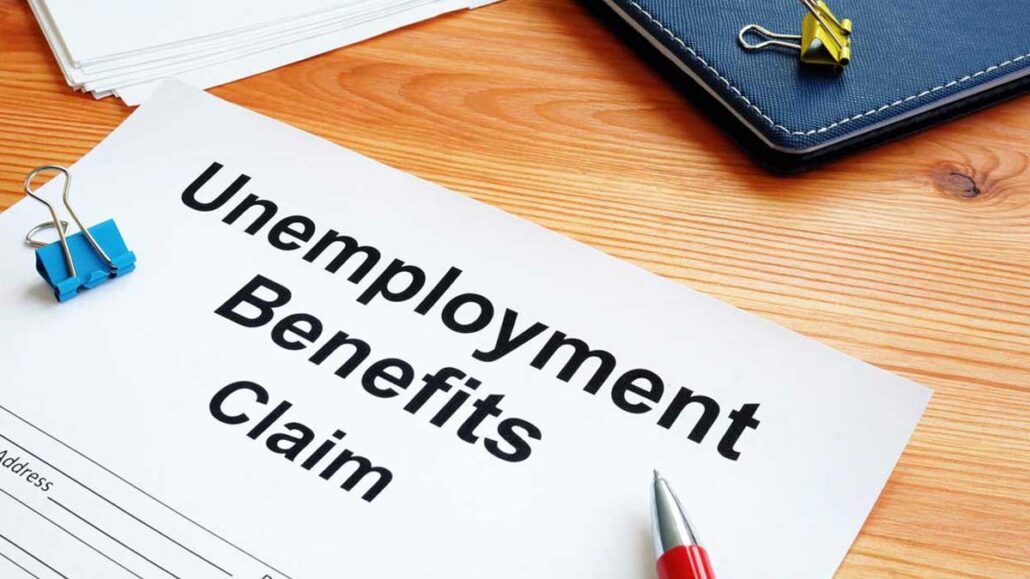How Much Unemployment Will I Get If I Make $1000 a Week? Unsure about your unemployment benefits? Learn how much you might qualify for based on your weekly earnings. Losing your job can be stressful, and uncertainty about unemployment benefits only adds to the burden. This guide tackles the big question: “How much unemployment will I get if I make $1,000 a week?” We’ll delve into the factors affecting your benefit amount and provide resources for finding your state-specific details.

Unemployment benefits are temporary financial assistance provided by your state to help those who are unemployed through no fault of their own and are actively seeking work. The amount you receive is based on your recent wages, not solely your most recent paycheck.
Key Factors Affecting Your Unemployment Benefit Amount
Even though you earned $1,000 a week, other factors influence your unemployment benefits:
- State of Residence: Each state has its own unemployment insurance program with different benefit calculations.
- Recent Wages: Your benefits are typically based on your earnings in a specific timeframe (called the “base period”). Earning $1,000/week will likely place you near the maximum benefit amount in many states.
- Work History: You’ll need a minimum amount of earnings and worked hours during your base period to qualify for benefits.
- Dependents: Some states offer additional benefits for dependent children or spouses.
Understanding Your State’s Unemployment Benefit Formula
Unfortunately, there’s no one-size-fits-all formula for calculating unemployment benefits. However, most states use a similar approach:
- Identify your base period: This is typically the first four out of the last five completed calendar quarters (e.g., the past year).
- Find your highest-earning quarter (High Quarter): Determine the quarter within your base period where you earned the most wages.
- Calculate your Weekly Benefit Amount (WBA): Most states use a formula that divides your High Quarter wages (gross, before taxes) by a specific number (often 26). This results in your potential WBA.
- Maximum Benefit Amount: Many states have a maximum weekly benefit amount. Even if your WBA calculation exceeds this limit, you’ll receive the maximum allowed.
Here’s a Step-by-Step Approach to Estimating Your Benefits
- Identify Your State’s Unemployment Office: A quick web search for “[your state] unemployment office” will lead you to the official website.
- Review Eligibility Requirements: Ensure you meet all criteria to receive benefits, such as losing your job through no fault of your own and actively seeking new employment.
- Explore Benefit Calculators: Many state unemployment websites offer benefit calculators. Input your past wages and other requested information to get an estimated benefit amount.
Example
Let’s say you live in California and earned $1000 per week for the past year. California uses a formula that considers your highest wages in a quarter within the base period. Here’s a simplified example (not a guarantee):
- If your highest quarterly earnings were $13,000, you might qualify for a weekly benefit of around $450 (based on a hypothetical formula of 50% of your highest quarterly wages divided by 4).
Important Note: This is a simplified example to illustrate the concept. Actual calculations and benefit amounts will vary depending on your state’s specific formula and your individual earnings history.
Finding Out Your Exact Benefit Amount
The best way to determine your unemployment benefit amount is to contact your state’s unemployment office. They can provide you with the exact formula used and guide you through the application process.
Here are some resources to help you find your state’s unemployment office:
- U.S. Department of Labor: Provides links to each state’s unemployment office website (https://www.dol.gov/general/topic/unemployment-insurance)
- Benefits.gov: Offers a benefit finder tool to help you determine your eligibility and potential benefits (https://www.benefits.gov/benefit-finder).
Additional Things to Consider
- Waiting Week: Most states have a one-week waiting period before you can start receiving benefits.
- Partial Unemployment Benefits: If you’re working part-time and earning less than your previous full-time wages, you may still qualify for partial unemployment benefits.
- Filing an Unemployment Claim: Each state has its process for filing an unemployment claim. You’ll typically need to provide documentation of your employment history and reason for job loss.
FAQs
Can I get unemployment if I quit my job?
Generally, no. You must lose your job through no fault of your own to be eligible.
How long will I receive unemployment benefits?
The duration typically ranges from 26 weeks to a maximum determined by your state and economic conditions.
What if I earn money while receiving unemployment benefits?
This may affect your benefit amount. Report any earnings to your unemployment office to ensure you receive the correct benefit amount.
Will I still get benefits if I find a part-time job?
Maybe. Most states allow you to earn some money while receiving benefits, but exceeding a certain amount can reduce your benefit or disqualify you entirely. Check with your state’s unemployment office for details.
What if I don’t qualify for unemployment benefits?
There might be other government assistance programs available. Explore resources offered by your state or local agencies.
Conclusion
While a $1000 weekly income might affect your unemployment benefit amount, you may still be eligible for significant assistance. By understanding the factors involved and contacting your state’s unemployment office, you can get a clear picture of your potential benefits and navigate the process effectively.
Check Out

